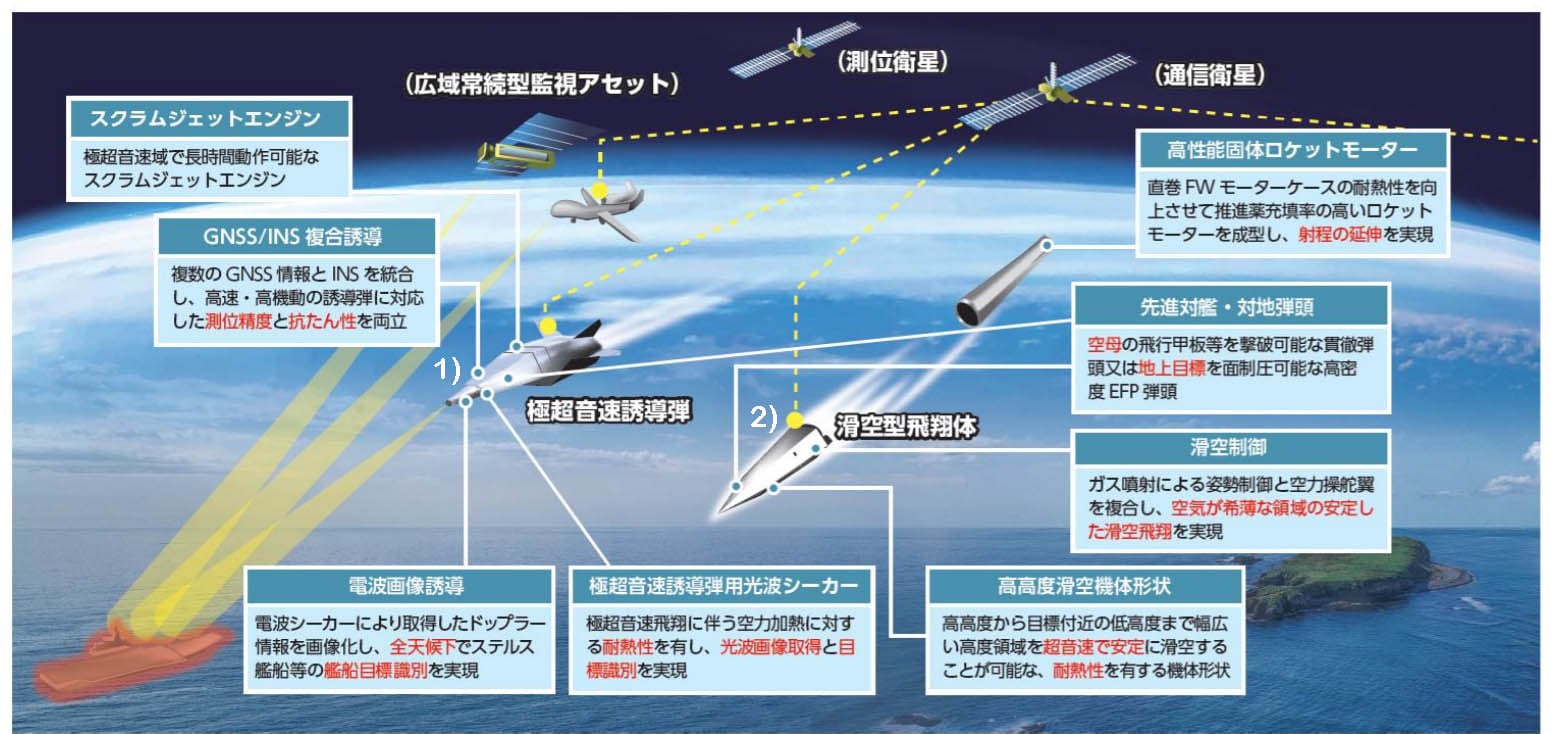MELBOURNE, Australia — The last of Japan’s eight planned destroyers capable of intercepting ballistic missiles has started sea trials ahead of its commissioning, even as the country ponders its next move following its decision to suspend plans to introduce ground-based systems for that role.
The destroyer Haguro left shipbuilder Japan Marine United Corporation’s shipyard at Isogo, near Yokohama and south of the Japanese capital Tokyo, this morning for its first sea trials.
The ship is to be commissioned in 2021. It is 170 meters long, displaces 8,200 tons and is fitted with 96 Mk 41 Vertical Launching System cells that can fire a variety of missiles, including those used for ballistic missile defense.
Haguro is the second ship of two Maya-class destroyers for the Japan Maritime Self-Defense Force, and it’s the country’s eighth destroyer to be equipped with the Aegis combat system for air and ballistic missile defense.
The sea trials for the Haguro comes as Japan scrambles for a solution following its decision last week to suspend plans to deploy the Aegis Ashore system. Japan had planned to deploy two such systems, with one each at the north and south of its main island of Honshu, to provide early warning and interception coverage for the entire country against North Korean ballistic missiles.
RELATED

However, Defense Minister Taro Kono announced last week that plans to deploy the Aegis Ashore were suspended. His ministry is now seeking alternatives to fill the ballistic missile defense gap.
Local media, citing various unnamed defense officials, have floated a number of different options, including the continuing use of the Japan Maritime Self-Defense Force’s Aegis destroyers or placing Aegis Ashore onto floating platforms.
The former is unlikely to work in the long term, given that keeping three destroyers at sea at all times to provide around-the-clock ballistic missile defense for all of Japan is unsustainable, which was one of the key drivers behind the planned acquisition of Aegis Ashore.
National broadcaster NHK reported that Prime Minister Shinzo Abe is likely to hold a meeting with the country’s national security community this week to withdraw the Aegis Ashore deployment plan and set a new direction for the country’s security strategy, possibly seeking an alternative to Aegis Ashore.
NHK added that one of the alternatives would be for Japan to increase its standoff strike capability to enable it to conduct retaliatory strikes against launch facilities used to conduct missile strikes against Japan. However, this is likely to face strident political opposition, including from the party with which Abe has formed a governing coalition.
The reason given for last week’s suspension was ostensibly due to the costs and technical issues surrounding the development of the SM-3 Block IIA interceptor. However, the local governments and residents of both locations where Japan had planned to build the Aegis Ashore installations had launched vociferous campaigns against the planned deployment.
Mike Yeo is the Asia correspondent for Defense News.








